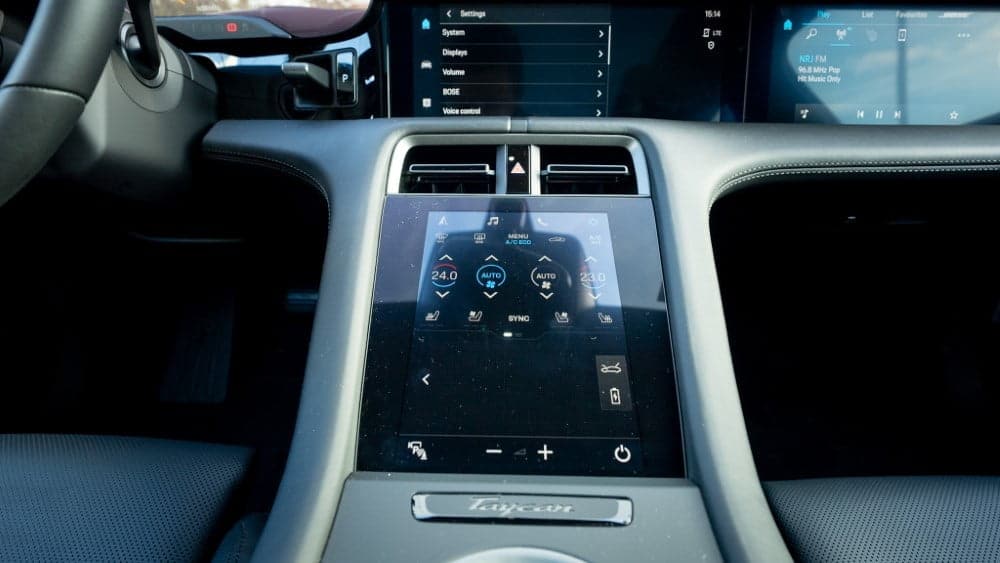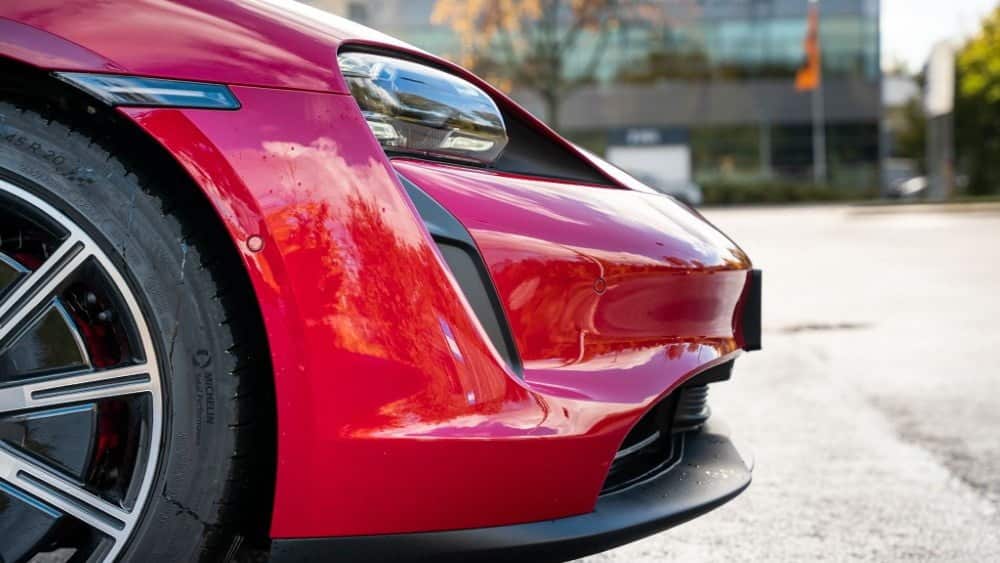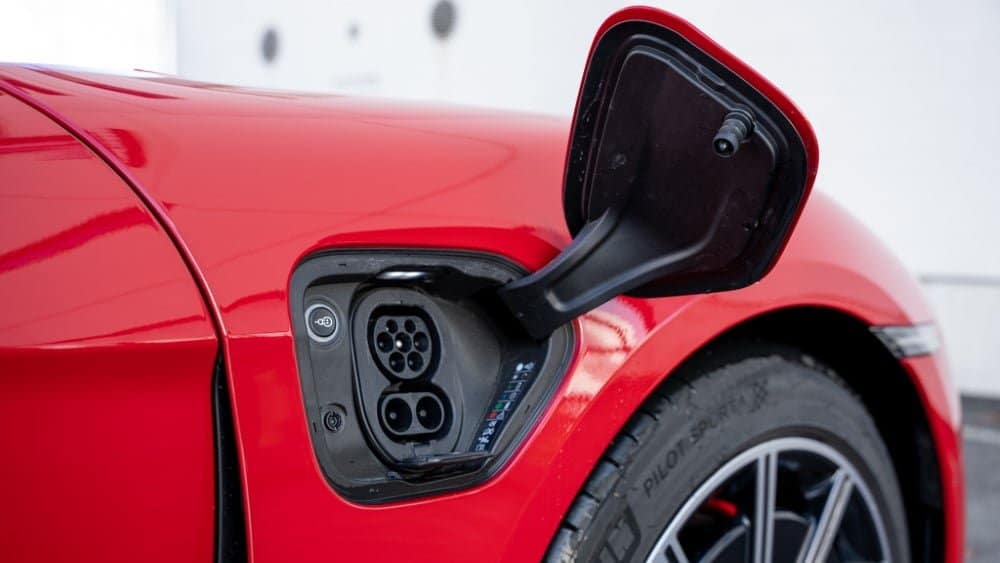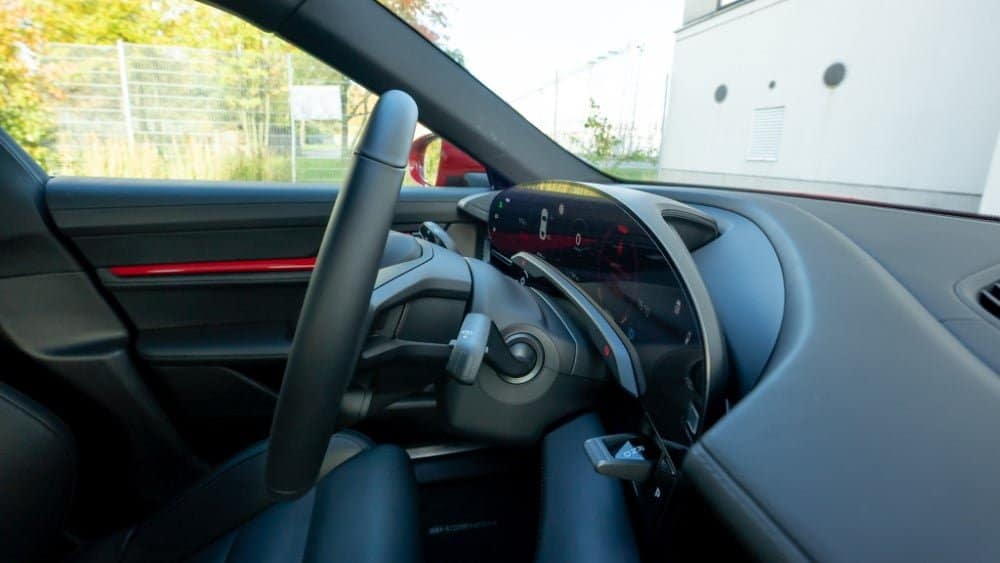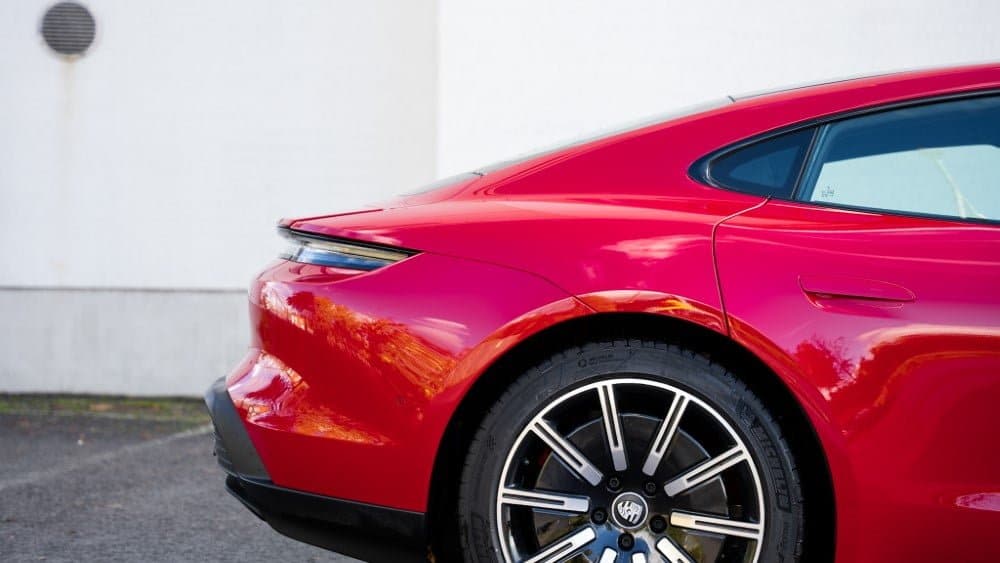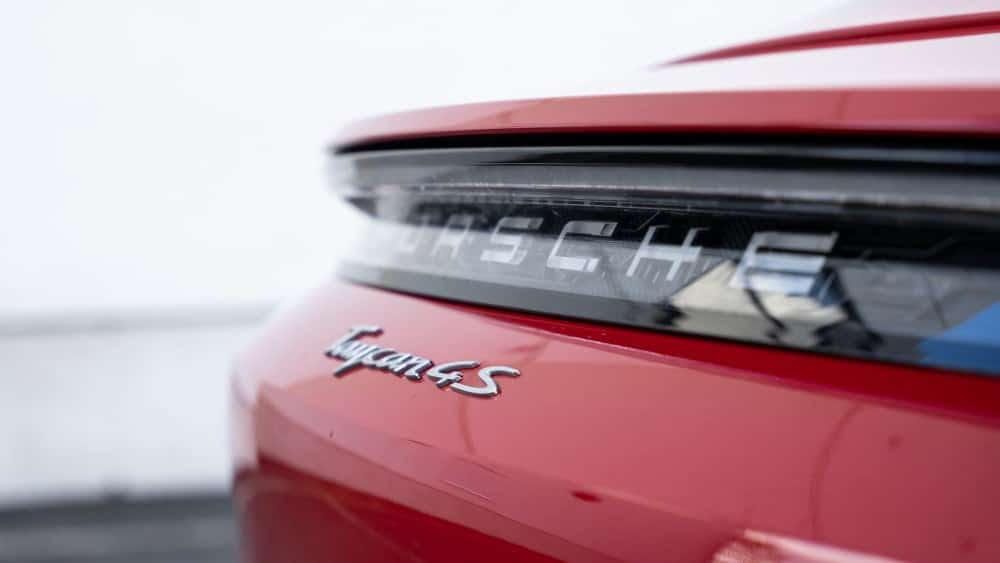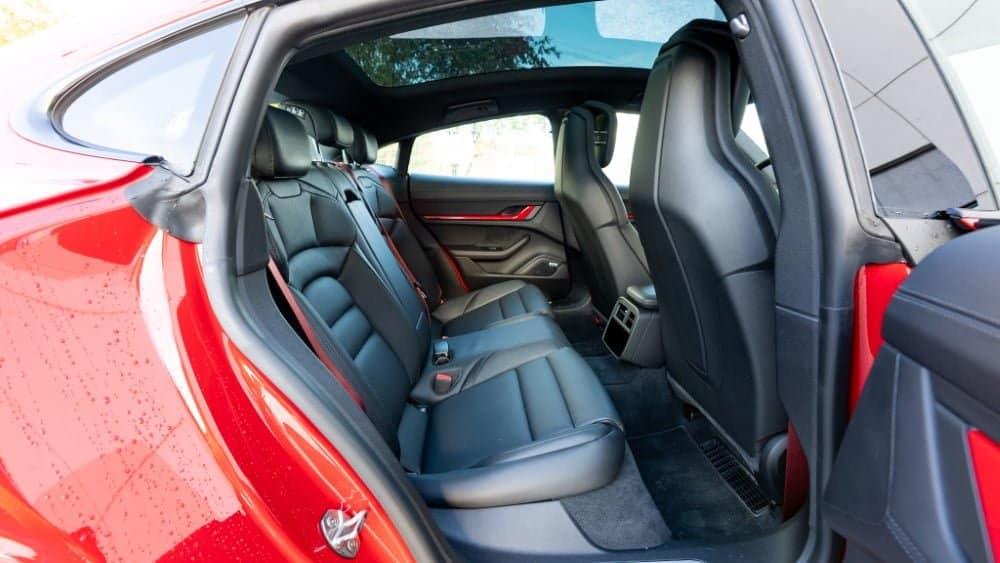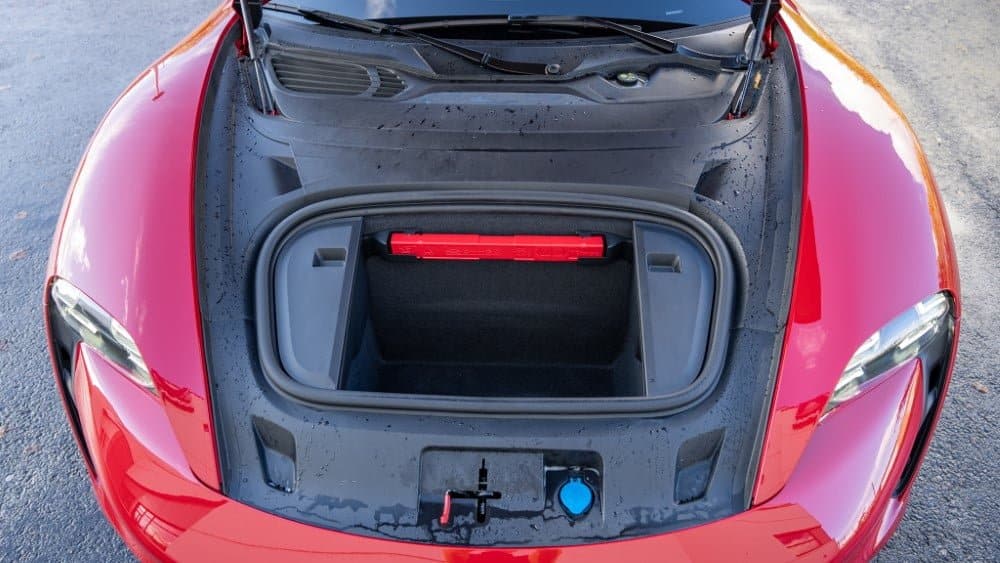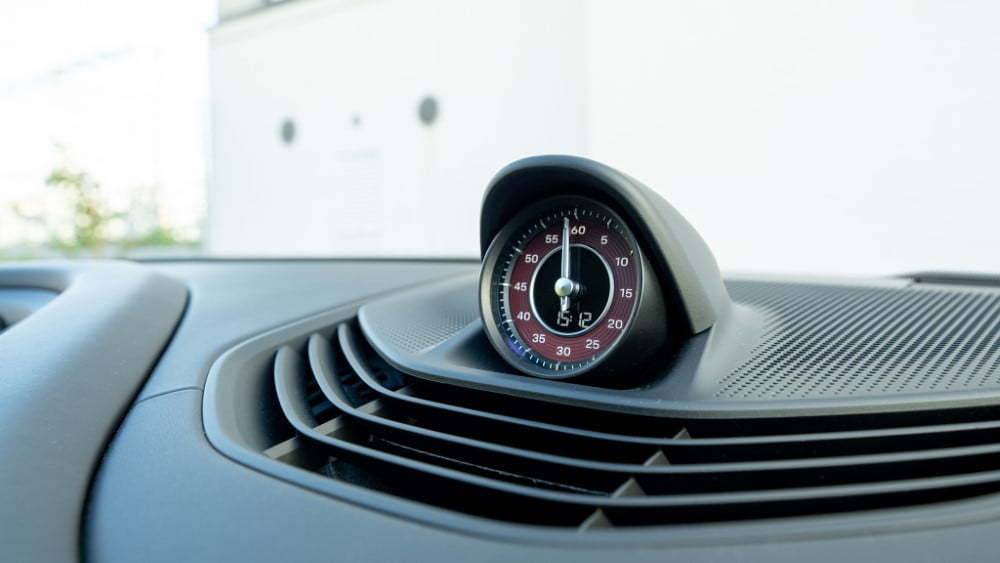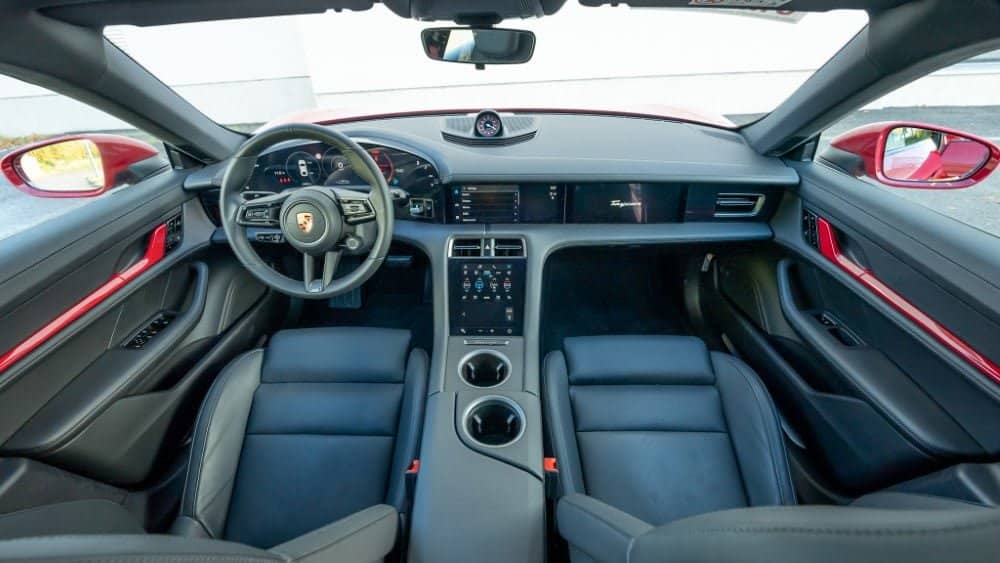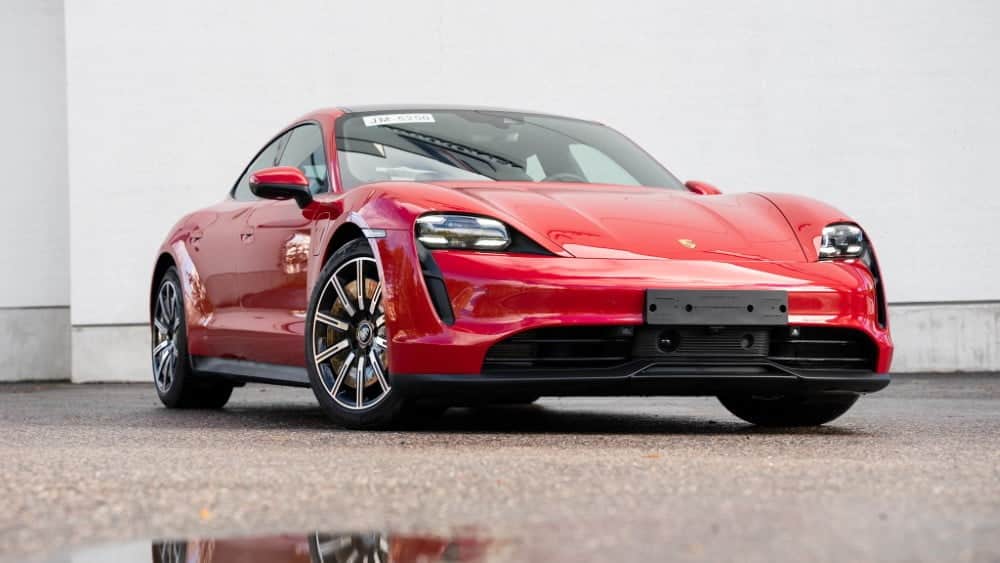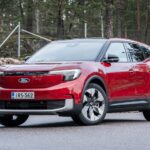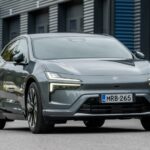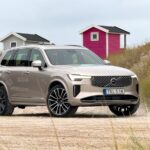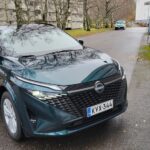The Taycan is Porsche’s first fully electric car, so the stakes are high and the need to succeed is great. The Taycan’s design language is in many ways close to that of the Panamera, but the Taycan is the slimmed-down version of these.
In length, the Taycan is almost 10 cm shorter than the Panamera, while the Taycan is about 3 cm wider. The Taycan’s lower and wider body makes it look cooler, and the low centre of gravity, made possible by the battery pack, makes it a deliciously compact car to look at and drive.
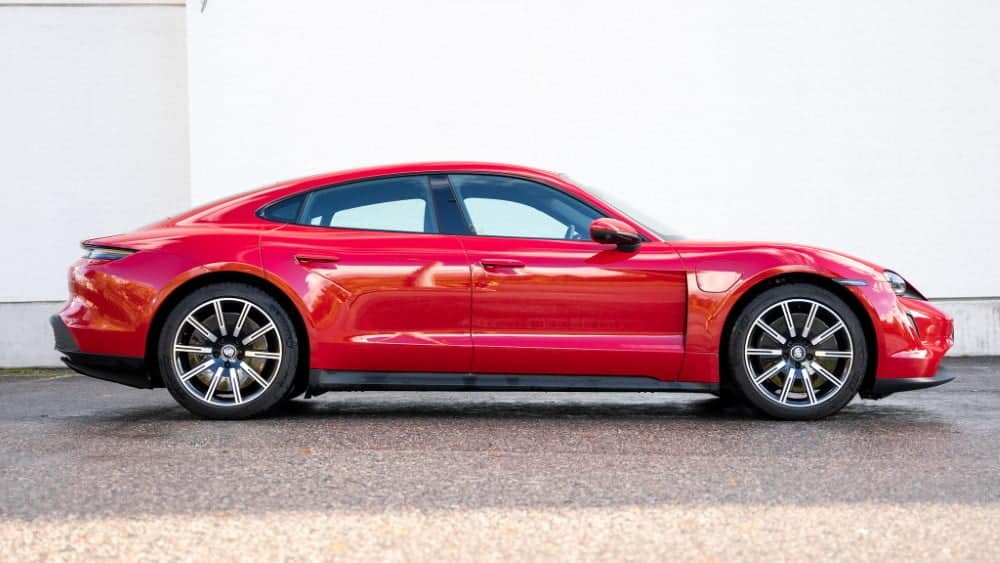
With a curb weight of just under 2,300 kilos, the Taycan offers excellent stability and driveability. The quality and quietness provide an excellent relaxing environment for the more adventurous driver.
Sportiness has not been forgotten, and the car transforms from a sedan to a driver’s car with sporty driving dynamics in an instant by changing the driving mode behind the wheel.
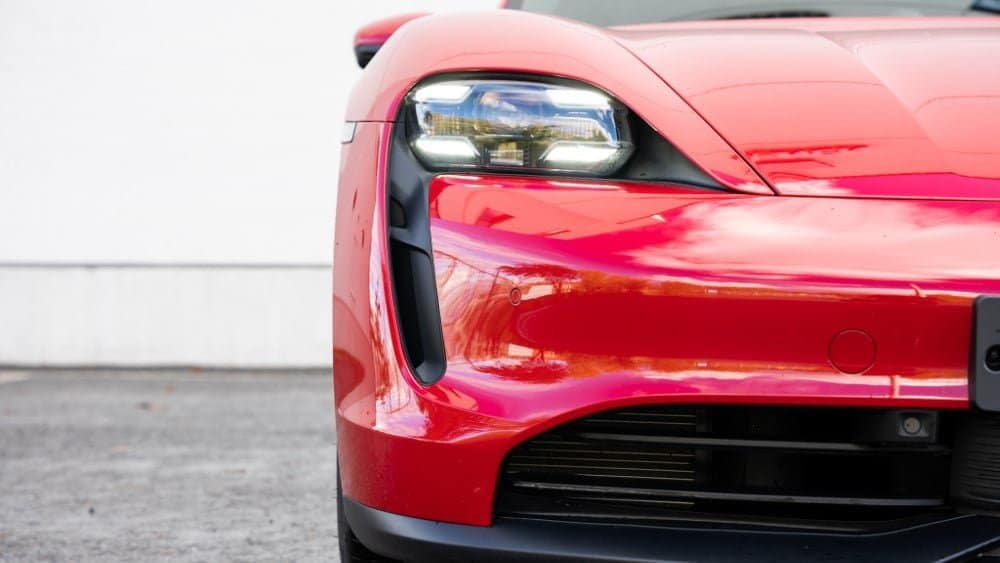
The Taycan is available in four different model versions. The most powerful Taycan Turbo S model offers a whopping 761 horsepower and a massive 1050 Nm of torque. Acceleration is a respectable 2.8 seconds from zero to 60.
Porsche’s all-electric car has been a long time coming. The Porsche Mission E concept car was unveiled back in 2015, and since then Porsche’s feat has been eagerly awaited in the electrified world of cars.
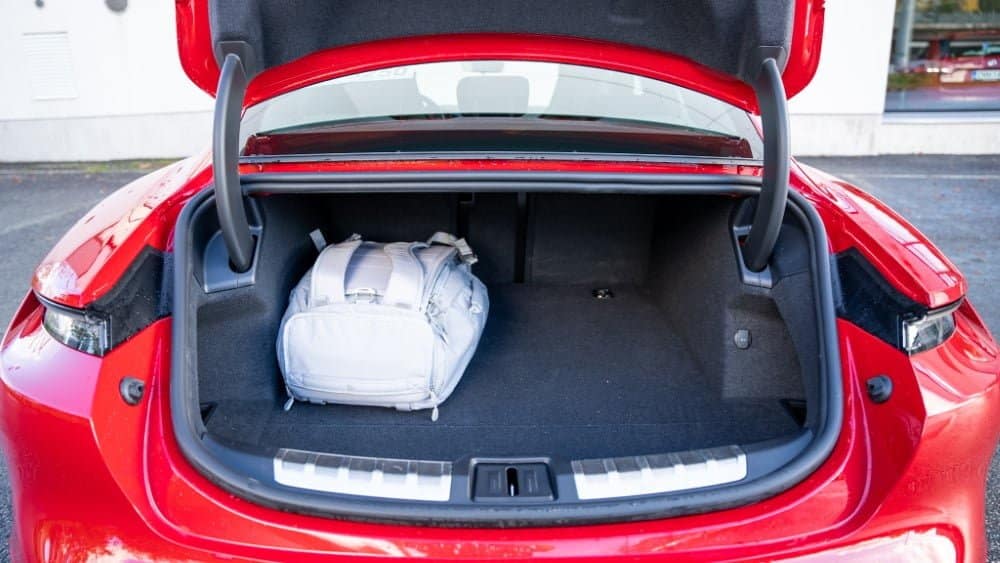
The Mission E ended up looking very much like the Taycan, which can currently be considered the role model for all-electric cars by many standards.
Porsche Taycan 4S 420 kW
- Maximum power: 420 kW, 571 hp.
- Maximum torque: 650 Nm.
- Battery capacity: 93.4 kWh (gross), 83.7 kWh (net)
- Maximum charging power: 270 kW
- Indicated operating range on a single charge: 386-463 km.
- Test-driven range on a single charge: 350-400 km.
- Acceleration: 4.0 sec (0-100 km/h)
- Combined electricity consumption: 22.0-26.2 kWh/100km.
- Test drive electricity consumption: 23-25 kWh/100km.
- Curb weight: 2295 kg.
- Traction: four-wheel drive, electric motors on front and rear axles
- Luggage compartment: 407 l.
- Starting price: 114 653 euros (4S 390 kW.)
